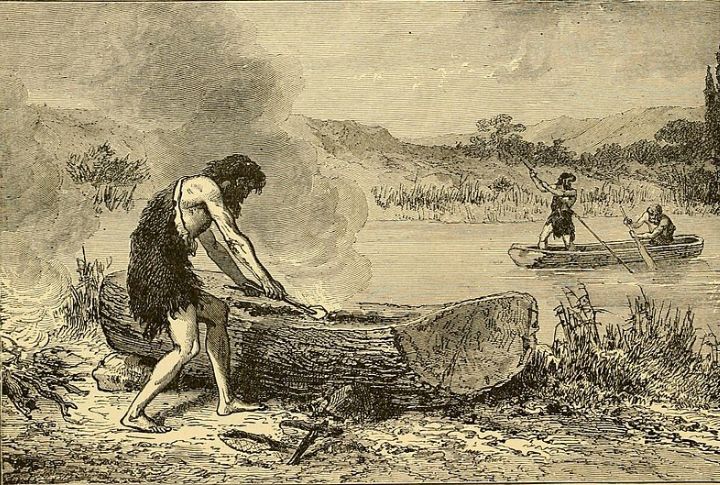
Who were the first to set foot on the vast terrains of the Americas? Some say they arrived by land, others by sea. The stories range from scientific discoveries to ancient legends passed down through generations. Let’s explore 10 fascinating theories about the origins of Native Americans.
The Bering Land Bridge Theory
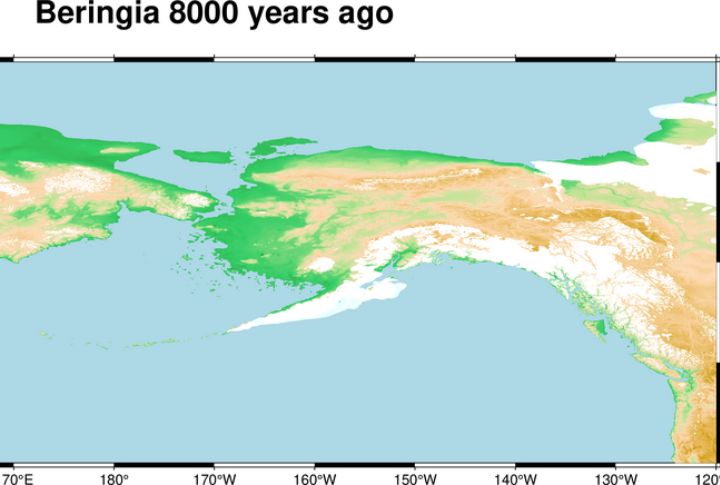
During the Ice Age, sea levels dropped, exposing a vast landmass called Beringia between Siberia and Alaska. This cold but habitable region supported mammoths, bison, and human hunters. Archaeological evidence suggests migration began at least 15,000 to 20,000 years ago, though some sites hint at an even earlier human presence in the Americas.
The Coastal Migration Route
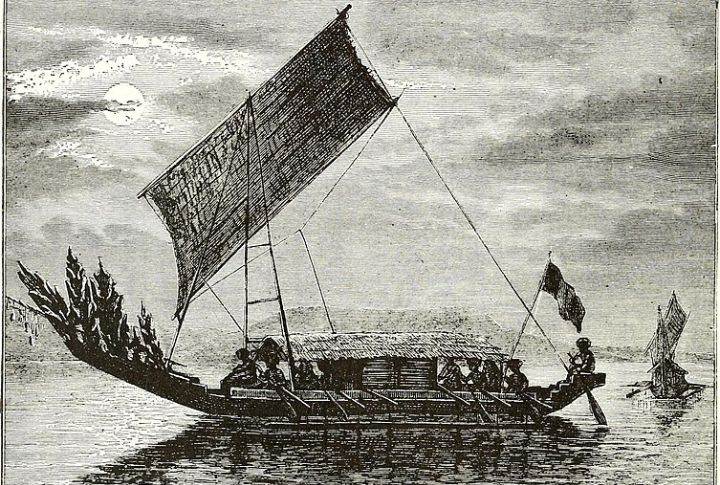
Not everyone walked into the Americas, as some may have paddled. This theory suggests early humans traveled along the Pacific coastline by boat, avoiding icy terrain. Sites like Monte Verde in Chile, dating back over 14,500 years, support the idea that the first Americans may have arrived by sea.
The Solutrean Hypothesis

Could Ice Age Europeans have reached America first? Some researchers argue that stone tools found in North America resemble those of the Solutrean people from France and Spain. If true, they may have crossed the Atlantic using primitive boats. However, most scientists dismiss this theory due to a lack of solid evidence.
Polynesian Contact Theory
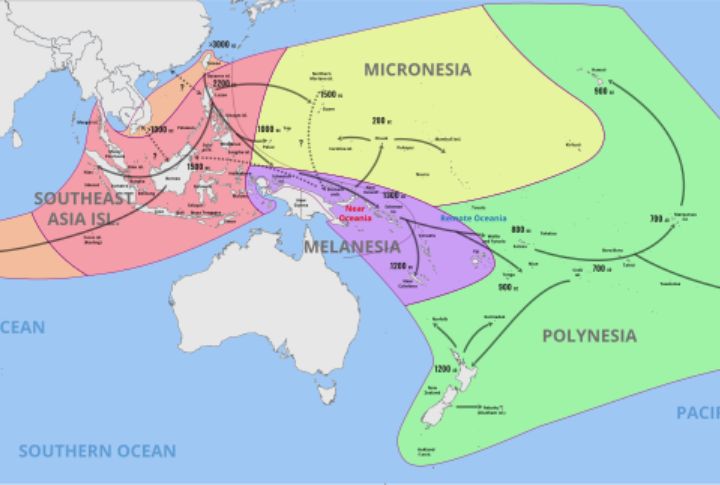
Evidence suggests Polynesians may have reached South America by 1200 A.D. DNA markers and South American sweet potatoes in Polynesia hint at ancient contact. Coincidence or proof of ancient trade? While intriguing, there’s no evidence they were the first settlers.
The Australian Aboriginal Theory
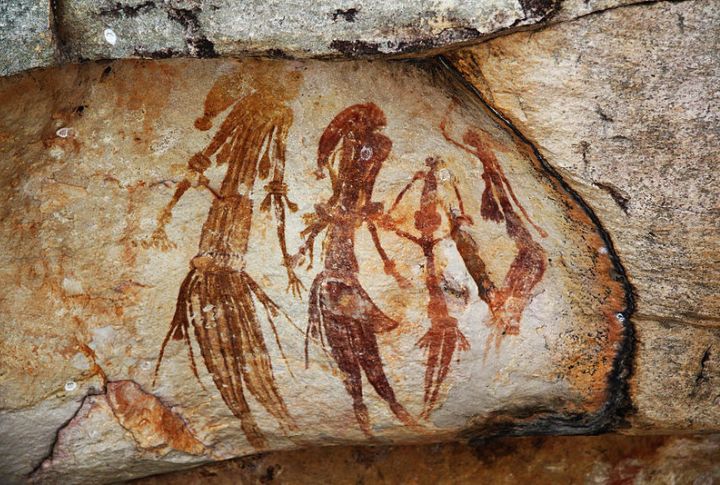
Ancient cave paintings in Brazil resemble Aboriginal Australian art. Some have speculated that early Australians sailed across the Pacific to reach South America. This is a bold theory, but there is no hard evidence proving Aboriginal migration to the Americas. Still, it keeps the debate interesting.
Ancient Giants And Lost Civilizations
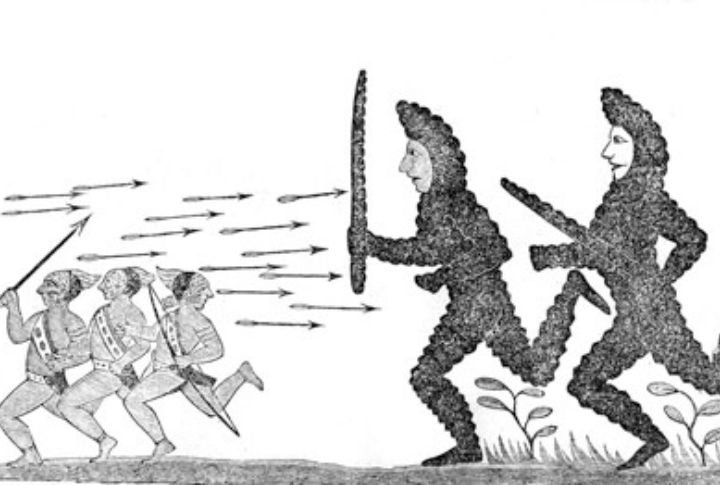
Stories passed down through generations describe giants who once roamed the Americas. Native American oral traditions recount encounters with enormous beings. While some believe these tales are myths or misinterpretations of early settlers, no scientific evidence has confirmed their existence, leaving the mystery alive.
The X2a Haplogroup Puzzle
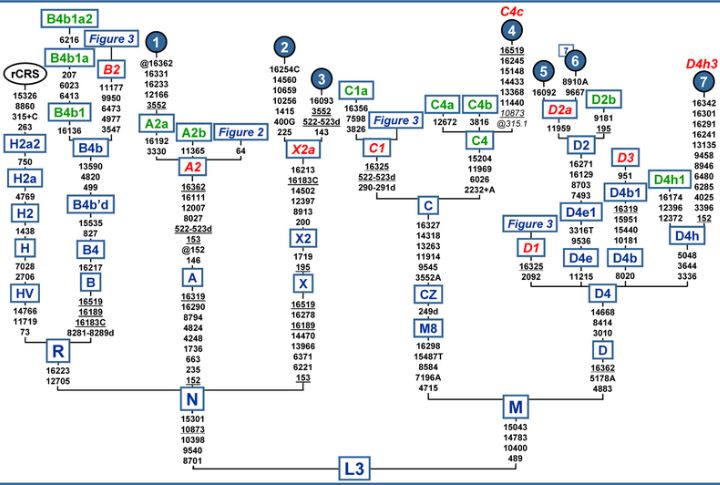
DNA carries the echoes of ancient journeys. The X2a haplogroup, present in some Native American tribes, does not align with Siberian ancestry but connects to groups from Europe and the Middle East. This discovery challenges migration theories, leaving scientists to uncover the story hidden within these genetic traces.
The Clovis First Debate
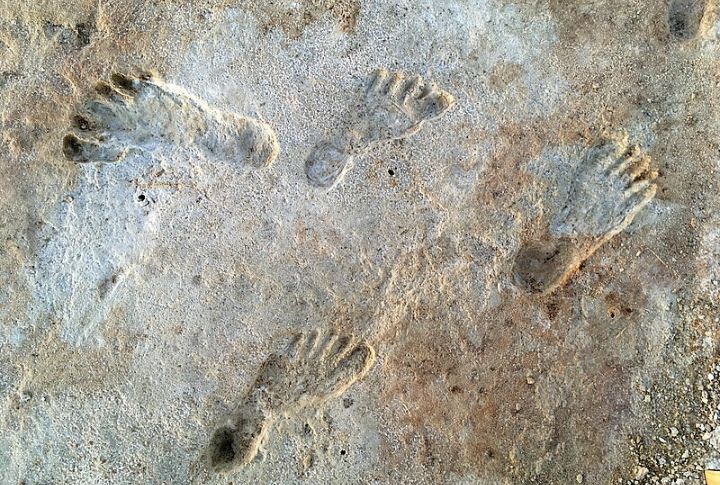
Archaeologists once believed the Clovis people were the first to arrive in the Americas around 13,000 years ago. That changed with the discovery of 23,000-year-old human footprints in New Mexico. This evidence forces a reevaluation of who first settled the continent and when they arrived.
Native American Oral Histories
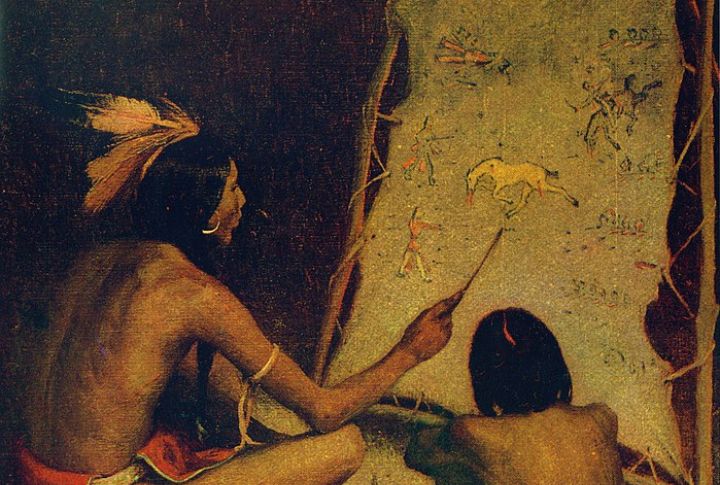
Science isn’t the only way to understand the past. For generations, Native American tribes have passed down stories of their ancestors’ origins. Some say they came from the stars, others from sacred lands. While different from archaeology, these oral traditions may hold knowledge science has yet to uncover.
The Amazon’s Mysterious Earthworks

Deep in the Amazon, massive geometric earthworks called geoglyphs suggest an ancient, advanced civilization thrived before Europeans arrived. Who built them? What happened to them? Their origins remain uncertain, but the geoglyphs hint at a lost chapter of history waiting to be explored.

